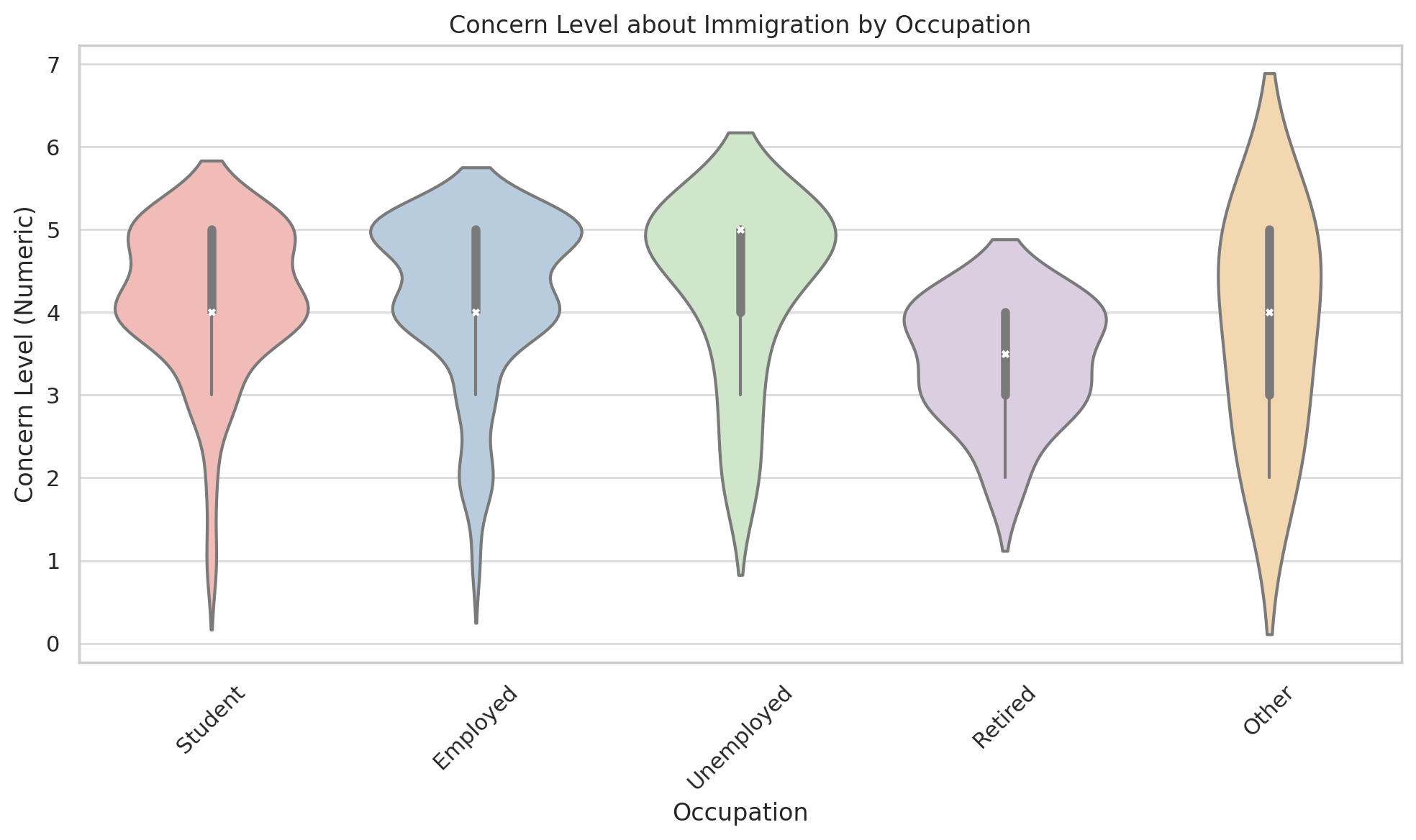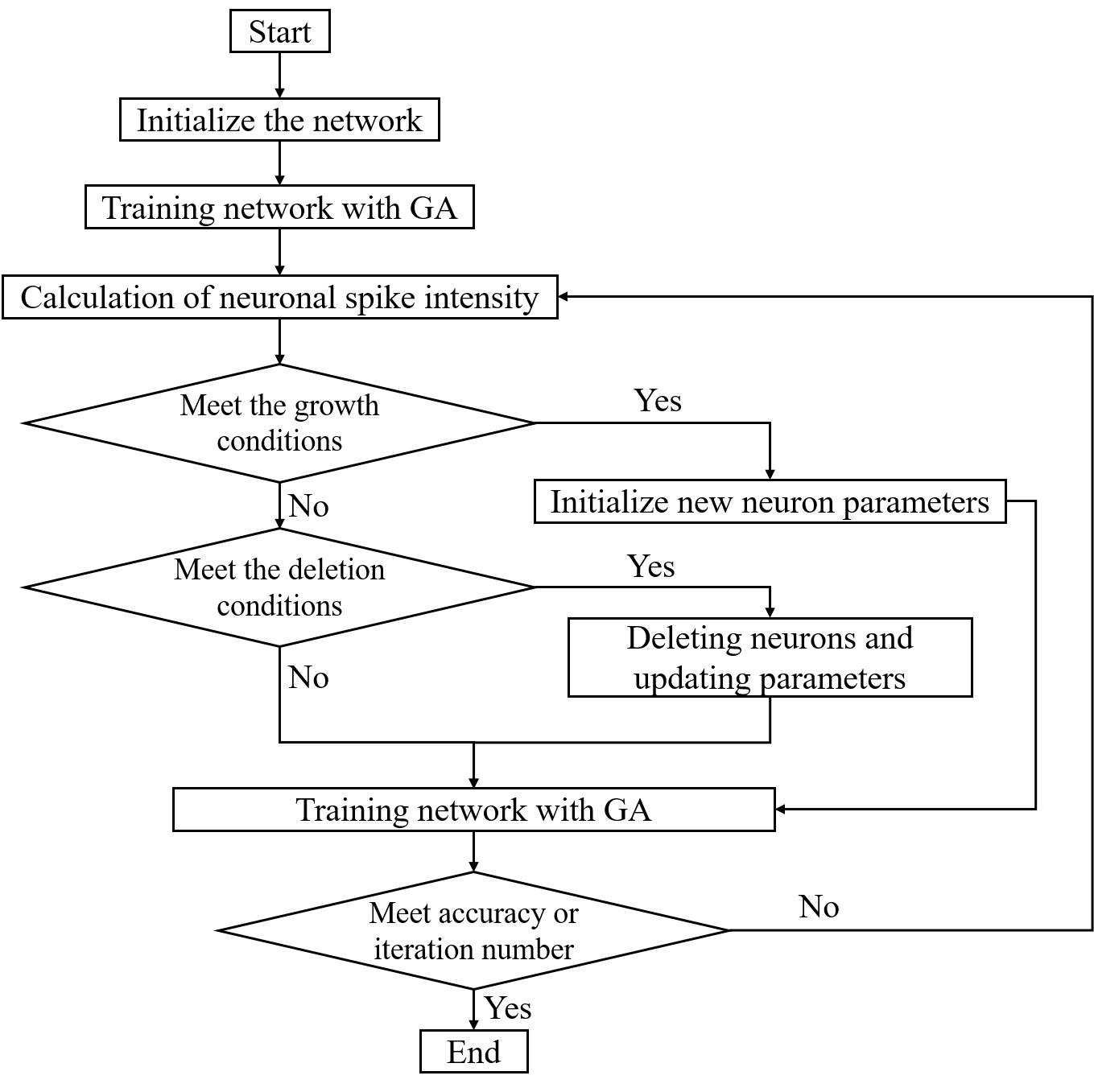 An open access journal
An open access journal
Cybersecurity in the Digital Age: Safeguarding Data and Privacy
Abstract
Cybersecurity has become a critical concern in the digital age, with the increasing volume of data and online threats. This paper explores the significance of cybersecurity, emphasizing its role in protecting sensitive information, critical infrastructure, and personal privacy. It delves into various aspects, including cybersecurity frameworks, threat detection technologies, and encryption methods. The discussion includes the benefits of robust cybersecurity, such as data integrity, prevention of cyberattacks, and trust in digital systems. Moreover, the paper addresses the challenges and evolving nature of cyber threats, including malware, phishing, and ransomware. Through a review of cybersecurity practices and research, the study highlights the positive outcomes associated with proactive cybersecurity measures.
Share and Cite
Article Metrics
References
- Anderson, R., Barton, C., Böhme, R., Clayton, R., van Eeten, M. J., Levi, M., ... & Savage, S. (2012). Measuring the cost of cybercrime. In WEIS (Vol. 12, p. 2012).
- Chou, T., & Wu, C. (2018). A survey of ransomware attacks: Evolution, assessment, and countermeasures. Journal of Network and Computer Applications, 102, 1-14.
- Dye, C., & Hossain, M. S. (2017). Detecting phishing attacks: A survey of machine learning methods and tools. Journal of Network and Computer Applications, 60, 19-31.
- Murchu, L. O., Granneman, R., & Harley, D. (2010). Stuxnet Dossier. Symantec, 2.
- Stallings, W. (2017). Cryptography and network security: Principles and practice. Pearson.






